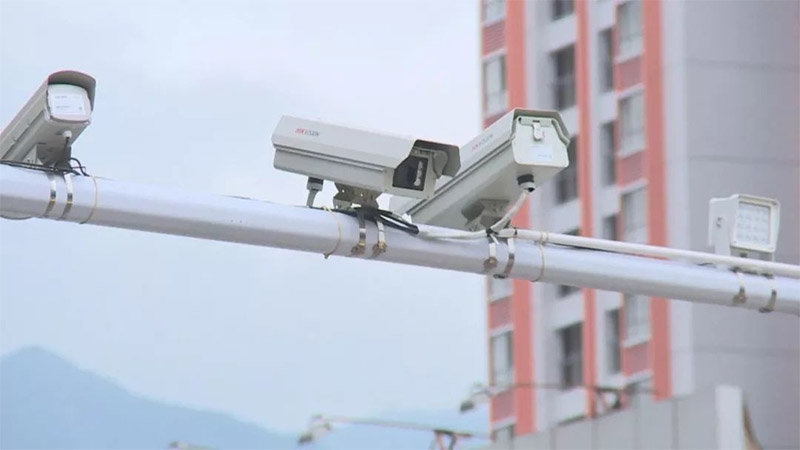The selection of manual and automatic aperture lens depends on whether the illumination of the use environment is constant.

When the ambient illumination is constant, such as elevator car, closed corridor and room without direct sunlight, manual aperture lens can be selected. In this way, the aperture size of the lens can be set at one time according to the actual illumination of the environment during the initial installation and commissioning of the system to obtain a satisfactory brightness picture.
For the situation that the environmental illuminance changes frequently, such as the lobby, window and lobby where the illuminance changes greatly with the sunshine time, it is necessary to select the automatic aperture lens (the camera with the automatic aperture lens socket must be equipped), so as to realize the automatic adjustment of the picture brightness and obtain a good monitoring picture with relatively constant brightness.
The control signals of automatic aperture lens can be divided into DC and video control, namely DC voltage control and video signal control. In terms of the type selection of automatic aperture lens, the connection mode of camera automatic aperture lens socket and the driving mode switch of automatic aperture lens, the three should be well coordinated.
2. Selection of fixed focus and zoom lens.
The selection of fixed focus and zoom lens depends on the size of the monitored scene range and the required clarity of the monitored scene picture.
Lens specifications (lens specifications are generally divided into 1 / 3 ", 1 / 2" and 2 / 3 ") under certain circumstances, the relationship between lens focal length and lens field angle is as follows: the longer the lens focal length, the smaller the lens field angle (see Fig. 1); When the focal length of the lens is fixed, the relationship between the lens specification and the lens field angle is as follows: the larger the lens specification, the larger the field angle of the lens. Therefore, it can be seen from the above relationship: when the lens object distance is certain, with the increase of the lens focal length, the picture range of the monitored scene seen on the monitor at the end of the system is smaller, but the picture details are clearer and clearer; With the increase of lens specification, the picture range of the monitored scene seen on the monitor at the end of the system increases, but the picture details become more and more blurred. On the premise of certain lens specification and focal length, the field angle of CS interface lens will be greater than that of C interface lens.
The lens field angle can be divided into image horizontal field angle and image vertical field angle, and the image horizontal field angle is greater than the image vertical field angle. Generally, the field angle we talk about generally refers to the image horizontal field angle of the lens.
In the narrow monitored environment, such as elevator car and narrow room, the monitoring project shall adopt short focal length wide-angle or ultra wide-angle fixed focus lens. If the lens specification is 1 / 2 ″, CS interface and lens focal length is 3.6mm or 2.6mm, the field angle of view of these lenses shall not be less than 99 ° or 127 °. When the general elevation of the camera in the narrow space is about 2.5m, The field angle range of the lens is enough to cover the whole narrow monitored space. Manual zoom lens can also be selected according to the actual situation on site, such as Nissan Computar t2z2814cs - 2 lens. This lens is a 1 / 3 ″ CS interface manual aperture lens, and its focal length is twice adjustable (manual focusing). The focusing range is 2.8 ~ 6.0mm, and the variation range of field angle is 96 ° ~ 47.2 °. This lens is very suitable for use in a narrow monitored environment. It can flexibly realize the monitoring effect of "point" or "surface" of the monitored scene according to the actual needs.
 97506075
97506075

Wechat QR code
